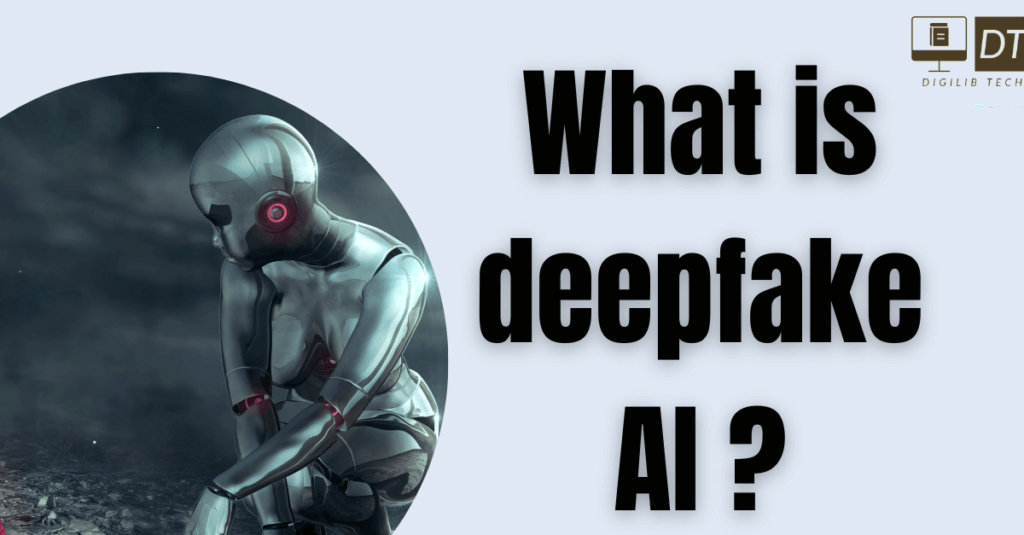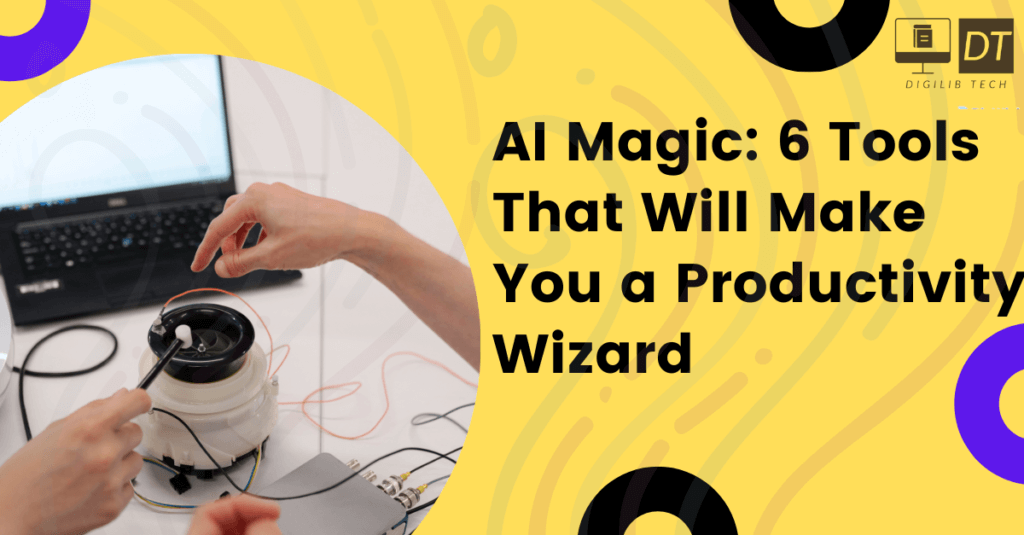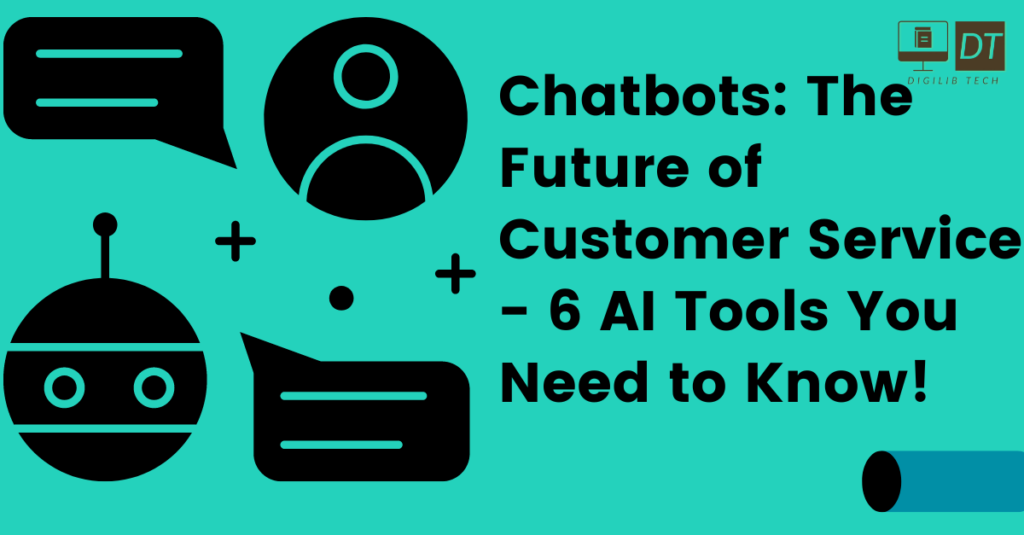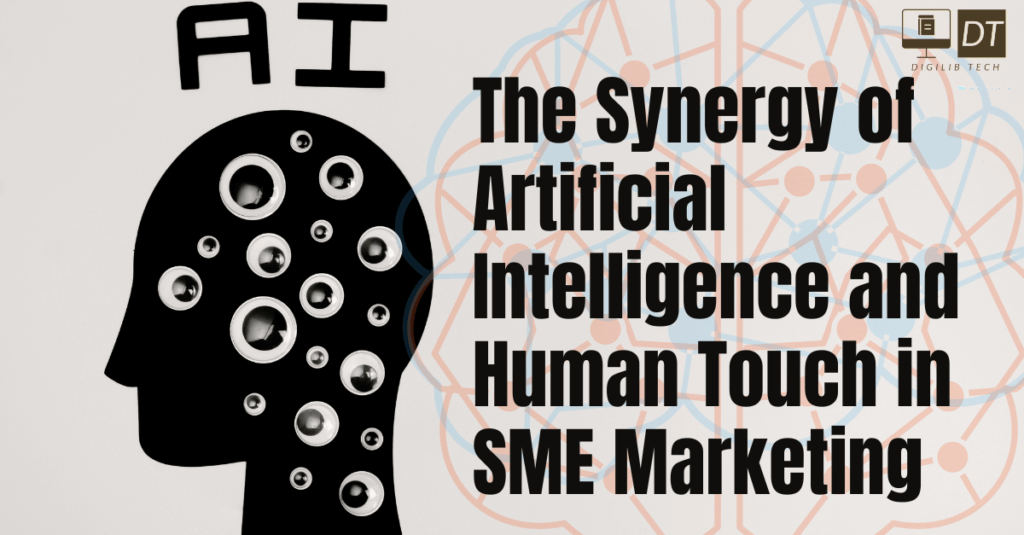A technology known as “deepfake AI” is employed to create convincing counterfeit images, audio, and video content. The word, which is a combination of fake and deep learning, refers to both the technology and the phony information that results from it.
Deepfakes frequently replace one person with another in already-existing source material. Additionally, they produce wholly unique videos in which real people are shown saying or doing things that they never did.
The capacity of deepfakes to disseminate misleading information that looks to come from reliable sources is the biggest threat they provide. For instance, a deepfake film purporting to show Ukrainian President Volodymyr Zelenskyy pleading with his soldiers to surrender was made public in 2022.
Election advertising and the possibility of election meddling have also drawn criticism. Deepfakes are dangerous, but they may also be useful for things like music and entertainment in video games, customer service, and caller response systems like call forwarding and receptionist services.
How do deepfakes work?
Deepfakes create and enhance synthetic content by employing two key algorithms: a discriminator and a generator. The discriminator determines how realistic or phony the first version of the content is, while the generator creates a training data set based on the desired outcome. Repeating this procedure makes it possible for the discriminator to get better at identifying errors that the generator can fix and for the generator to get better at producing realistic material.
A generative adversarial network is created when the discriminator and generator algorithms are combined. A GAN creates the fakes by first using deep learning to identify patterns in real photos. A GAN system looks at images of the target from a variety of perspectives to collect all the information and viewpoints while producing a deepfake picture. The GAN examines the video from many perspectives while generating a deepfake, in addition to examining speech, movement, and behavior patterns. To fine-tune the final image or video’s realism, this data is subsequently passed through the discriminator several times.
There are two methods for creating deepfake videos: one involves manipulating the target’s original video source to make them say and do things they’ve never done. In contrast, the other method entails performing a face swap. swap, in which they place the target’s face onto a video of someone else.
Read also: What is artificial intelligence (AI)?
Read also: What are the Differences Between AI, Machine Learning, and Deep Learning?
Here are some particular methods for producing deepfakes:
Deepfakes in source videos. A deepfake autoencoder using neural networks analyzes the content of a source video to understand relevant features of the target, such as body language and facial expressions and subsequently superimposes these attributes onto the original video. The encoder of this autoencoder encrypts the pertinent details, while the decoder applies these qualities to the target video.
sound deepfakes. In audio deepfakes, a GAN clones the voice recording, builds a model from the vocal patterns, and applies the model to produce any desired speech pattern. Video game makers frequently employ this method.
matching lips. Another prominent method used in deepfakes is lip-syncing. Here, a voice recording is mapped to the video by the deepfake, giving the impression that the subject of the video is uttering the words on the recording. The video adds another degree of deceit if the audio is a deepfake. Recurrent neural networks facilitate this method.
The technology needed to create deepfakes
As the following technologies are created and improved, creating deepfakes is becoming simpler, more accurate, and more common:
All deepfake content is created utilizing GAN neural network technology, which combines discriminator and generator techniques.
Convolutional neural networks analyze patterns in visual data. Convolutional Neural Networks (CNNs) find applications in tasks such as tracking motion and recognizing faces.
Neural network technology known as autoencoders recognizes pertinent characteristics of a target, such as body language and facial emotions, and then superimposes these characteristics on the original footage.
Deepfake audio is produced with the use of natural language processing. NLP algorithms use a target’s voice characteristics to assess and then create original text based on those characteristics.
Deepfakes require a substantial amount of processing power, which is provided by high-performance computing.
A number of technologies are frequently used to create deepfakes in a matter of seconds, according to the report from the U.S. Department of Homeland Security highlights the growing concern regarding the rising threat posed by deepfake identities. These tools are Wav2Lip, Wombo, Zao, MyHeritage, FaceApp, FaceMagic, Deep Art Effects, Deepswap, and Deep Video Portraits.
How are deepfakes commonly used?
There are big differences in how deepfakes are used. Here are some of the main purposes:
- Art. Using deepfakes, new music can be created from an artist’s body of prior work.
- Blackmail and reputation harm. : Instances of this include placing a target picture in an unlawful, improper, or otherwise dangerous scenario—for example, lying to the public, having explicit sexual relations, or using narcotics. These movies are used to abuse someone online, extort them, damage their reputation, and exact retribution. Nonconsensual deepfake porn, or revenge porn, is the most widely used form of blackmail or retaliation.
- Caller response services. : When a caller wants to call forwarding or other receptionist services, these providers use deepfakes to deliver individualized responses.
- Customer phone support. These services use fictitious voices to do basic functions like making a complaint or checking account balances.
- Entertainment. For specific moments, actors’ voices are cloned and altered in Hollywood films and computer games. This is used in entertainment when a scene is difficult to film, in post-production when an actor leaves the set to record a voiceover, or simply to save time for both the production team and the performer. In satire and parody, deepfakes are also employed to generate amusing situations for the viewers to enjoy, even while they are aware that the video isn’t real. The 2023 deepfake of Dwayne “The Rock” Johnson as Dora the Explorer serves as one illustration.
- False evidence. This is creating fake pictures or sounds that can be presented in court to suggest guilt or innocence.
- Fraud. In order to gather personally identifiable information (PII), such as credit card numbers and bank account details, deepfakes are employed to impersonate people. This occasionally involves posing as business leaders or other staff members with access rights to private data, which poses a serious risk to cybersecurity.
- Misinformation and political manipulation. Deepfakes of politicians or reliable sources are used to manipulate public perception and, in the instance of Volodomyr Zelenskyy, the president of Ukraine, to cause confusion during combat. The dissemination of false information is another name for this.
- Stock manipulation. The use of forged deepfake materials is utilized to manipulate stock prices. A phony film purporting to show the CEO of the company making disparaging remarks about it, for example, would cause the stock price to drop. A fictitious film promoting a new product or technological advancement could increase a company’s stock price.
- Texting. Text message was mentioned as a potential future application of deepfake technology in the U.S. The report from the Department of Homeland Security highlights the growing menace posed by the proliferation of deepfake identities. The paper states that threat actors may be able to mimic a user’s texting style by using deepfake techniques.
Are deepfakes legal?
Even while deepfakes represent major concerns, they are largely lawful and there is little that law enforcement can do about them. Deepfakes are only prohibited by law if they break current regulations pertaining to hate speech, defamation, or child pornography.
Deepfakes are governed by laws in three states. Police Chief Magazine states that Virginia forbids the distribution of deepfake pornography, Texas forbids deepfakes intended to influence elections, and California has laws prohibiting the use of political deepfakes within 60 days of an election and the use of nonconsensual deepfake pornography.
Because most people are ignorant of the new technology, its applications, and its risks, there are currently no laws prohibiting deepfakes. Because of reason, in the majority of deepfake situations, victims are not entitled to legal protection.
How are deepfakes dangerous?
Despite being mostly lawful, deepfakes carry serious risks, such as the following:
- Targets of blackmail and reputational damage are placed in legally precarious situations.
- Political disinformation, such as those which threat actors from nation states use for their own evil intent.
- manipulation of the election process, such as making phony films featuring candidates.
- Stock manipulation is the practice of fabricating content to affect stock values.
- theft of financial accounts and other personally identifiable information through impersonation fraud.
Methods to detecting deepfakes
To identify deepfake assaults, there are a number of best practices. The following indicate that the content may be deepfake:
- peculiar or awkward expression on the face.
- abnormal movement of the body or face.
- artificial coloration.
- Videos that exhibit an unusual or distorted appearance when magnified or zoomed in.
- Unreliable audio.
- those who remain unblinking.
Indicators of textual deepfakes include the following:
- Spelling errors.
- sentences that don’t make sense.
- suspect email addresses for the source.
- wording that is inconsistent with the sender’s identity.
- messages sent out of context that have no bearing on any conversation, occasion, or problem.
But AI is gradually getting around some of these signs, including with tools that mimic natural blinking.
How to defend against deepfakes
Technology to recognize and prevent deepfakes is being developed by businesses, groups, and governmental institutions like the Defense Advanced Research Projects Agency of the United States Department of Defense. Blockchain technology is used by some social media businesses to confirm the origin of photos and videos before allowing them to appear on their platforms. In this approach, reliable sources are identified and counterfeits are avoided. In keeping with this, malicious deepfakes have been outlawed on Facebook and Twitter.
The following companies offer software designed to protect against deepfake threats.
Adobe: offers a feature that enables artists to add a signature with information about their work to images and videos.
Microsoft: has deepfake detection software driven by artificial intelligence that examines images and videos to generate a confidence score that indicates if the material has been altered.
Operation Minerva: identifies whether a new video is merely an edit of an already-discovered fake that has been identified and assigned a digital fingerprint by searching through libraries of previously found deepfakes.
Sensity: provides a deep learning-based detection platform that looks for signs of deepfake media in the same manner as antimalware programs check for malware and virus signatures. When a user views a deepfake, they receive an email alert.
Famous cases of deepfakes
There are numerous famous cases of deepfakes, such as the ones listed below:
A deepfake featuring Mark Zuckerberg bragging about how Facebook “owns” its users fooled the creator of the company. The purpose of the film was to demonstrate how users can mislead the public by using social media sites like Facebook.
In an attempt to sway the 2020 presidential election, several deepfakes depicting US President Joe Biden in inflated levels of cognitive impairment were released. Deepfake films have been used to propagate misinformation as well as for satire and entertainment against Presidents Barack Obama and Donald Trump, among other victims.
The Russian invasion of Ukraine in 2022 was depicted as ordering Volodomyr Zelenskyy, the president of Ukraine, to surrender his soldiers.
History of deepfake AI technology
Deepfake artificial intelligence is a relatively new technique that started out as a way to manipulate images using tools like Adobe Photoshop. By the mid-2010s, deep learning algorithms have advanced in sophistication thanks to a combination of low-cost computer power, big data sets, artificial intelligence, and machine learning technologies.
In 2014, Ian Goodfellow, a researcher at the University of Montreal, developed GAN, the technique at the core of deepfakes. In addition to sharing deepfake films of celebrities, an anonymous Reddit user going by the handle “deepfakes” also started posting GAN tools that allowed users to interchange faces in videos. These became widely shared on social media and the internet.
Tech giants like Facebook, Google, and Microsoft invested in creating technologies to identify deepfakes as a result of the rising popularity of deepfake material. The technology is still developing and producing increasingly realistic deepfake photos and movies, even with the efforts of governments and tech corporations to tackle the deepfake detection problem.
The corporation is increasingly at risk from deepfake AIs. Find out why cybersecurity executives need to get ready for phishing assaults that pose a deepfake in the workplace.
Read also: Types of Artificial Intelligence
Read also: The history of artificial intelligence (AI)
Conclusion
deepfake AI technology represents a double-edged sword in the modern digital landscape. While it offers innovative possibilities in art, entertainment, and automation, it also poses significant dangers to individuals, society, and the integrity of information. Deepfakes can be used for malicious purposes, such as blackmail, political disinformation, and stock manipulation, potentially leading to legal and reputational harm.
As of now, the legal framework for regulating deepfakes remains limited, and the technology is continually evolving, making it difficult to detect and prevent deepfake content. However, efforts are underway to develop tools and techniques for identifying and combating deepfakes, and some social media platforms have taken steps to ban malicious deepfake content.
The history of deepfake AI technology highlights its rapid development and its potential to deceive and manipulate. While deepfakes have gained notoriety for their use in creating misleading content, they also showcase the advancements in artificial intelligence and machine learning.
In a world increasingly interconnected through digital media, the awareness of the existence and potential risks of deepfake AI is crucial. It underscores the need for individuals, organizations, and governments to stay vigilant and develop robust defenses against the spread of misleading information. As technology continues to advance, the battle against deepfakes will require ongoing innovation and cooperation among various stakeholders to safeguard the integrity of our digital world.









